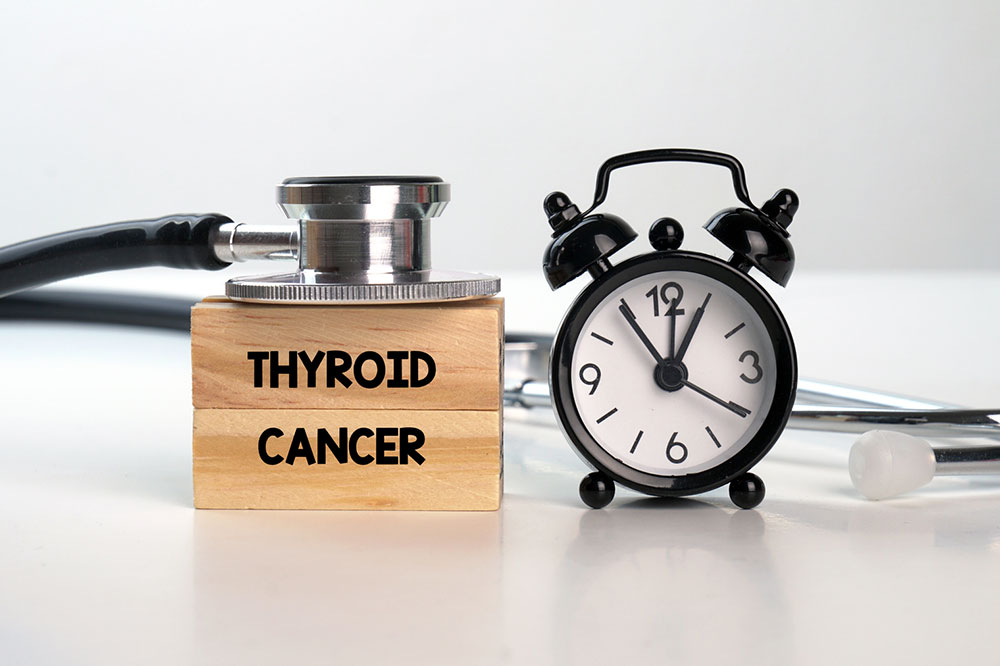Thyroid Cancer – Types, Causes, Symptoms, and More

The thyroid is a tiny butterfly-shaped gland located at the base of the throat and is a component of the endocrine system. It produces hormones that regulate the metabolic rate, heart rate, and body temperature. Thyroid cancer develops when cancer cells form in the gland. A mass of cancer cells – the malignant tumor is capable of spreading into neighboring areas. While there are multiple forms of thyroid cancer, papillary thyroid carcinoma is the most prevalent.
In approximately 70–80% of cases, it often affects only one lobe of the thyroid gland. About 20% of thyroid cancer cases are follicular thyroid carcinoma.
Types of thyroid cancer
Researchers have uncovered four primary categories of thyroid cancers:
Papillary thyroid carcinoma
If a person is detected with thyroid cancer, they are more likely to be this type. Although it frequently invades the lymph nodes in your neck, its growth is typically modest. So, the patient still stands a strong chance of recovering fully.
Follicular thyroid cancer
17-20% of thyroid malignancies diagnosed around the world are follicular thyroid tumors. In addition to easily spreading into your blood vessels, it can also expand into your lymph nodes.
Medullary cancer
4% of thyroid cancer cases reported are medullary cancer.







